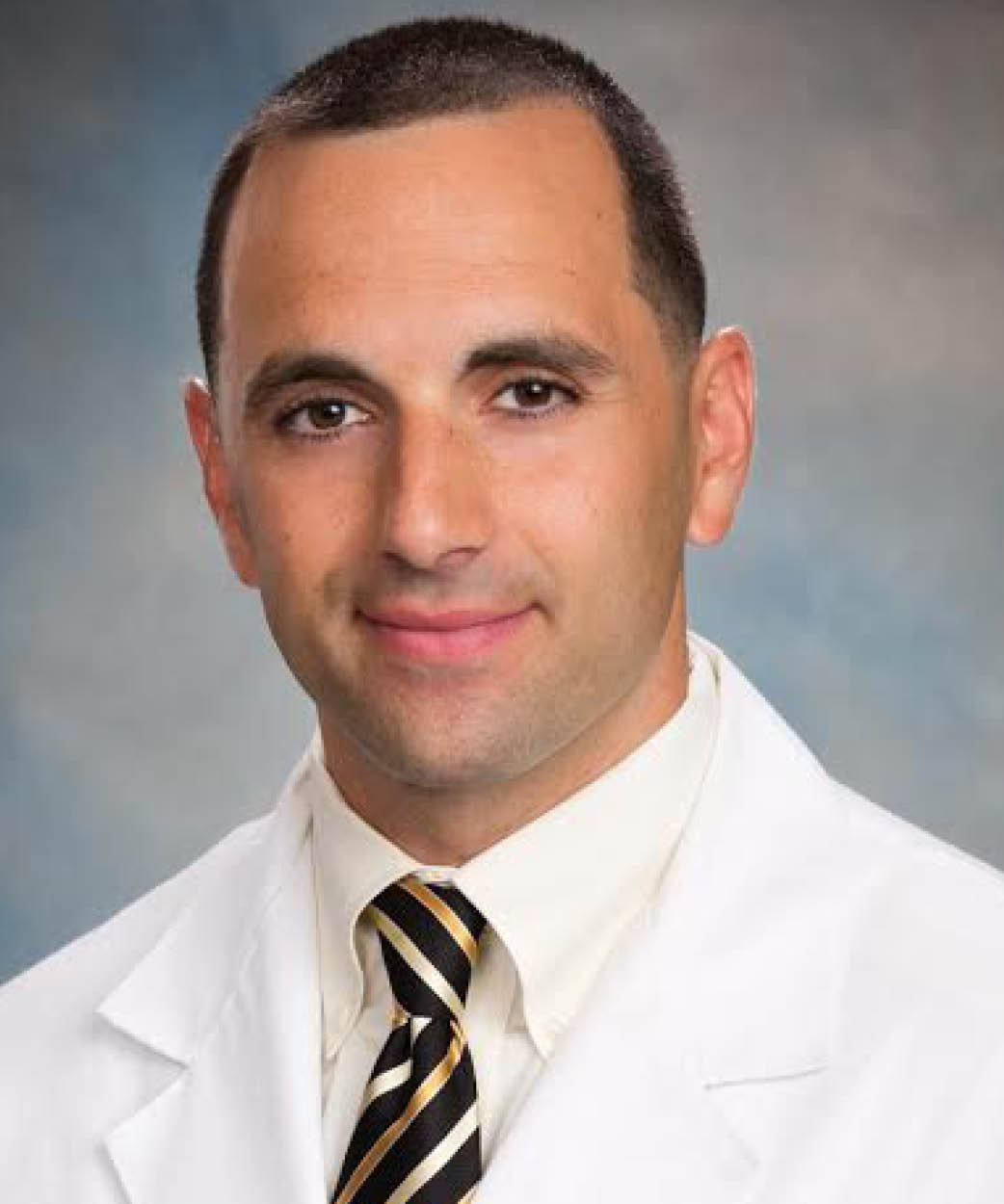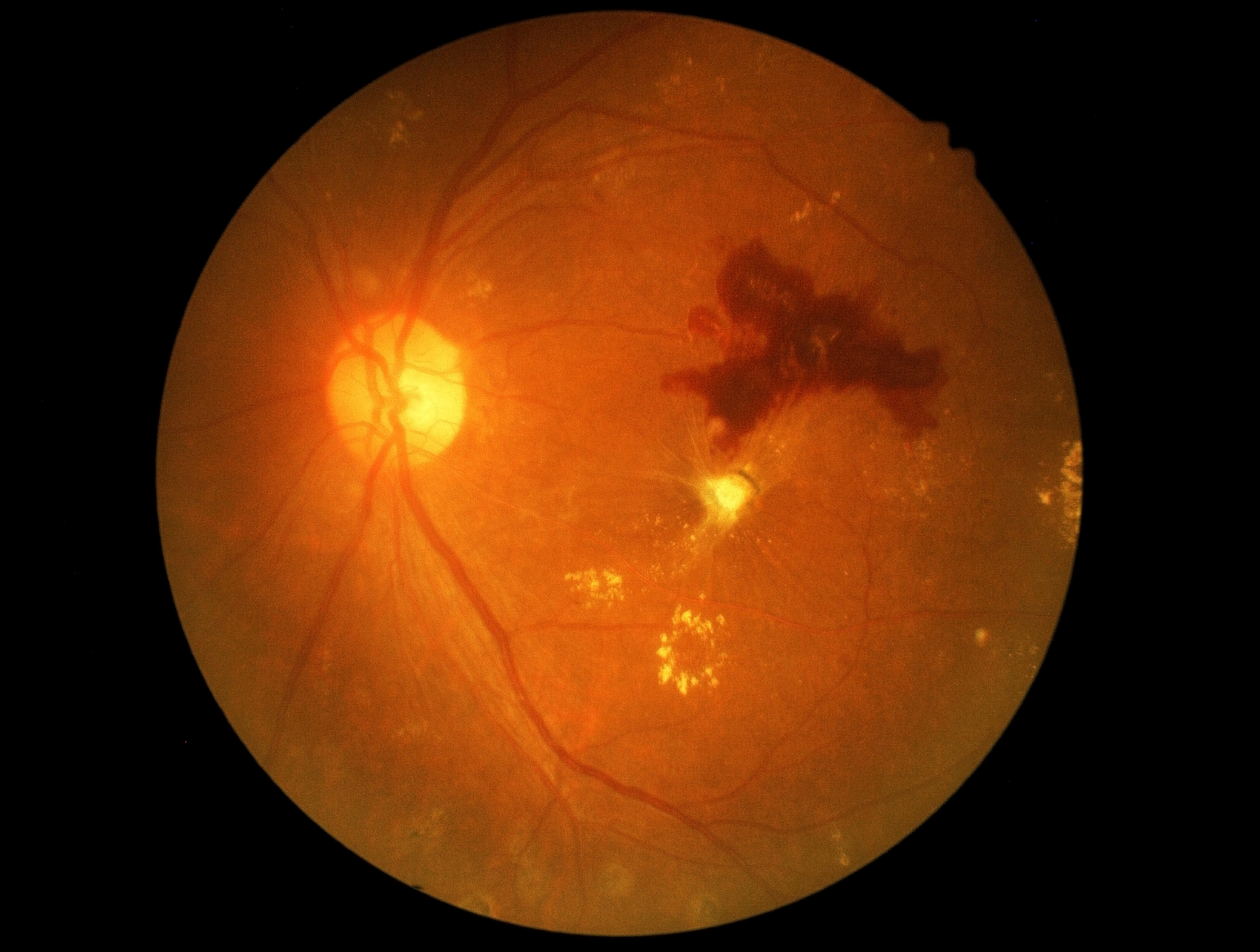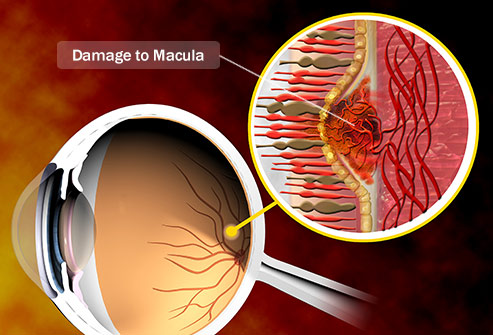
Dr. Strachovsky is a board certified Ophthalmologist and specialist in disorders of the retina including Age-Related Macular Degeneration (AMD) and Diabetic eye disease. He is also a member of the American Academy of Ophthalmology, American Society of Retina Specialists, Young Ophthalmologist Network and Leading Physicians of the World.
"I believe that the physician/patient relationship is more important than ever. Being an Ophthalmologist allows me to help patients and build a foundation of trust, knowledge and professionalism when it comes to eye care."
- Dr. Strachovsky
The Retina
The retina is a collection of many cell layers that include photoreceptors (cones and rods). The retina converts images into electrical impulses to be sent to part of the brain that controls vision by way of the optic nerve.
Diabetic Retinopathy
Diabetic retinopathy is caused by the damage diabetes causes to the blood vessels in the retina, which is located in the back of the eye. The disease might have no complications at the onset, but can eventually lead to blindness. Anyone suffering from Type 1 or Type 2 diabetes can develop retinopathy. The longer the disease persists and the less it is controlled, the higher the risk of retinopathy.

Retinopathy symptoms vary, but usually include increasing blurred vision, dark strings or spots, empty areas in vision, poor night vision, color blindness and eventual loss of vision. It is common for there to be no symptoms in the early stages. The disease usually affects both eyes. Treatment is determined based on the type of retinopathy a person suffers from. At the early stages, monitoring is usually the only treatment. Doctors also work with patients to get their blood sugar under control. Surgery is required once retinopathy is advanced. Surgery includes injections of medication, focal laser treatment, scatter laser treatment or vitrectomy. It is important to note that surgical treatments only slow the progression but does not cure the condition.
Macular Degeneration
Macular degeneration typically happens as a person ages. It causes blurring in a person’s central vision and is caused by damage to the macula. This is a small area in the back of the eye. Macular degeneration results in difficulty seeing details, reading, driving and identifying people. Peripheral vision is not affected. People suffer from both dry and wet macular degeneration with dry being most common. Dry macular degeneration happens gradually as the cells in the eye break down and waste deposits in the back of the eye. Wet macular degeneration can abruptly deteriorate vision due to leakage of fluid or bleeding under the macula.

Symptoms include blurred vision, either over time or suddenly. Macular degeneration has no cure. The best way to combat it is to lead a healthy lifestyle including a diet high in antioxidants, minerals and vitamins that promote strong vision.
Retinal Detachments
Retinal detachment occurs when the retina, which is the tissue in the back of the eye, separates from the outer layers of the eye. The detachment may be small, localized and insignificant or involve the entire retina resulting in blindness if not quickly and properly treated. Causes of retinal detachment include trauma, sagging or shrinking of the vitreous in the eye, advanced diabetes and inflammation.
Retinal detachment symptoms include sudden flashes of light, a shadow around the field of vision, and the sudden appearance of debris in the field of vision. These look like hairs, strings or spots that float in front of the eyes. Treatment for retinal detachment includes laser surgery, freezing, or a gas bubble in the eye. For some detachments, surgery in the operating room is required.
